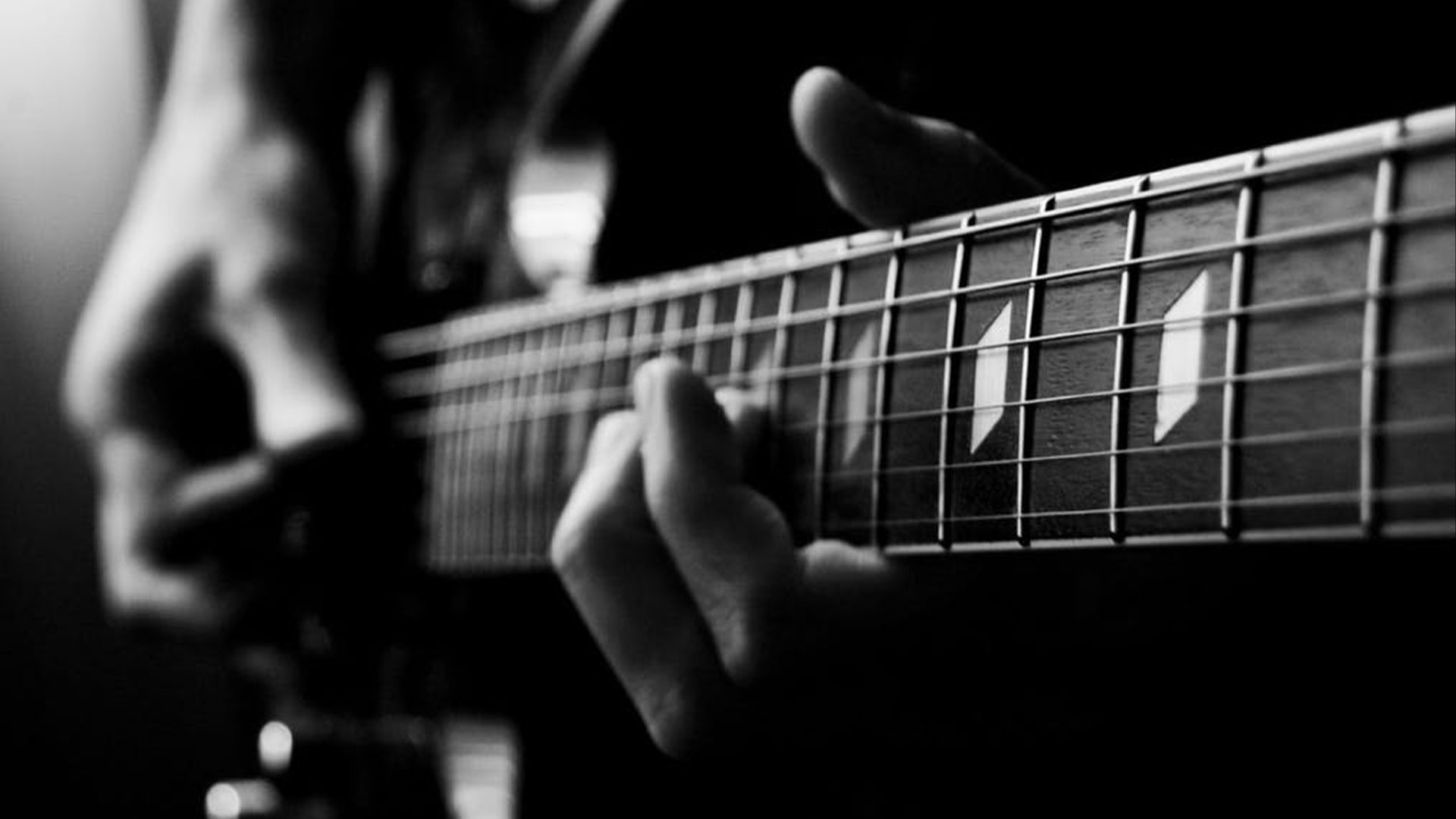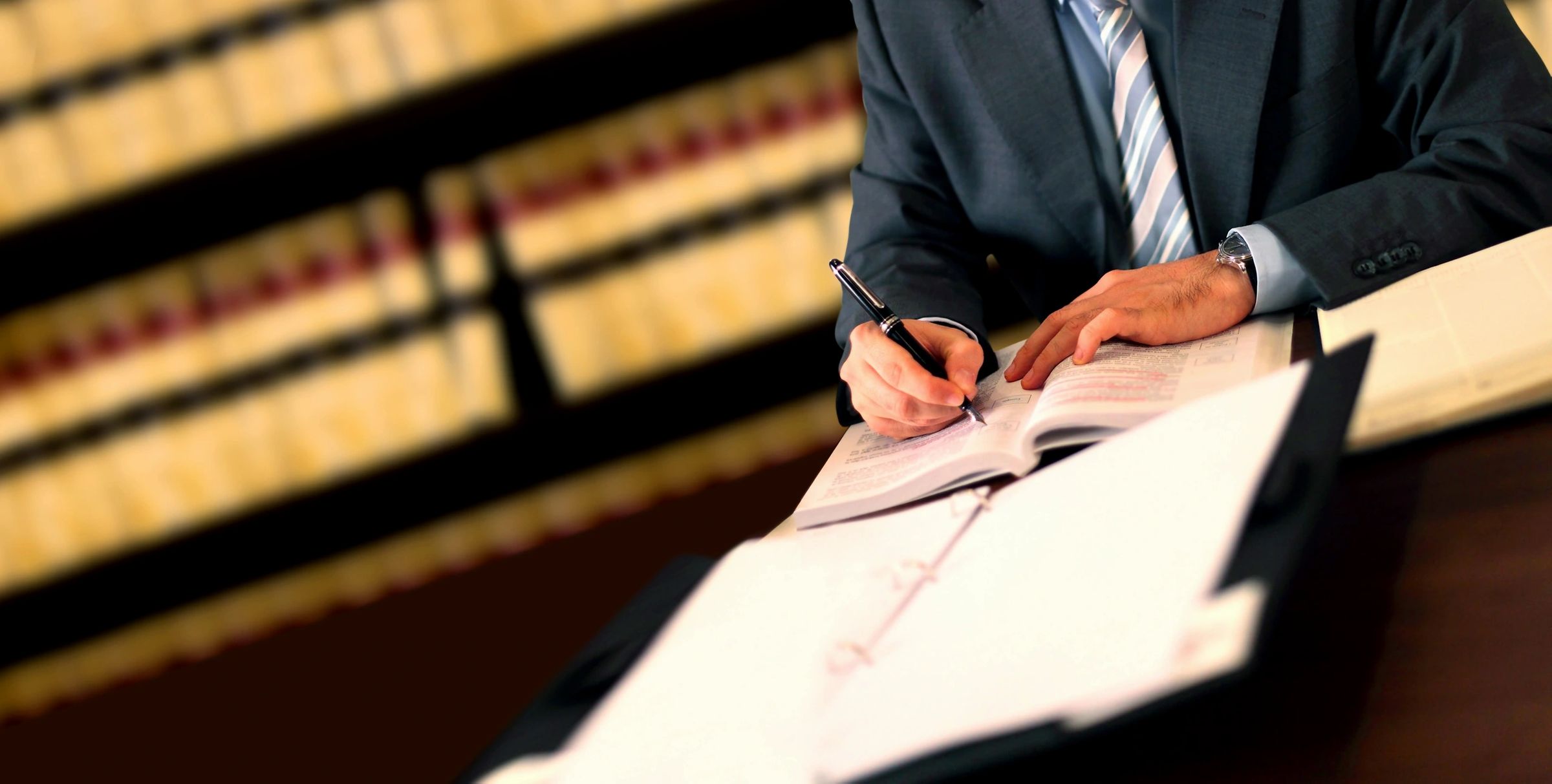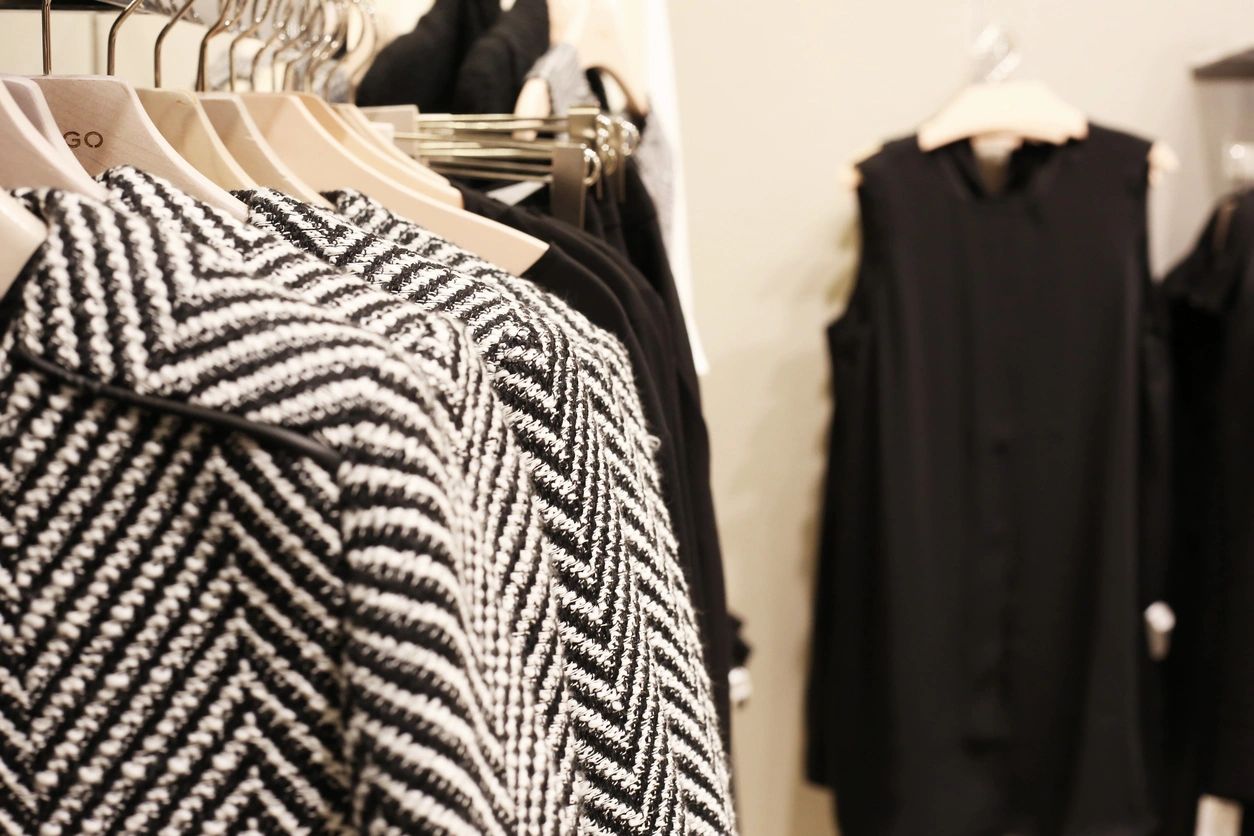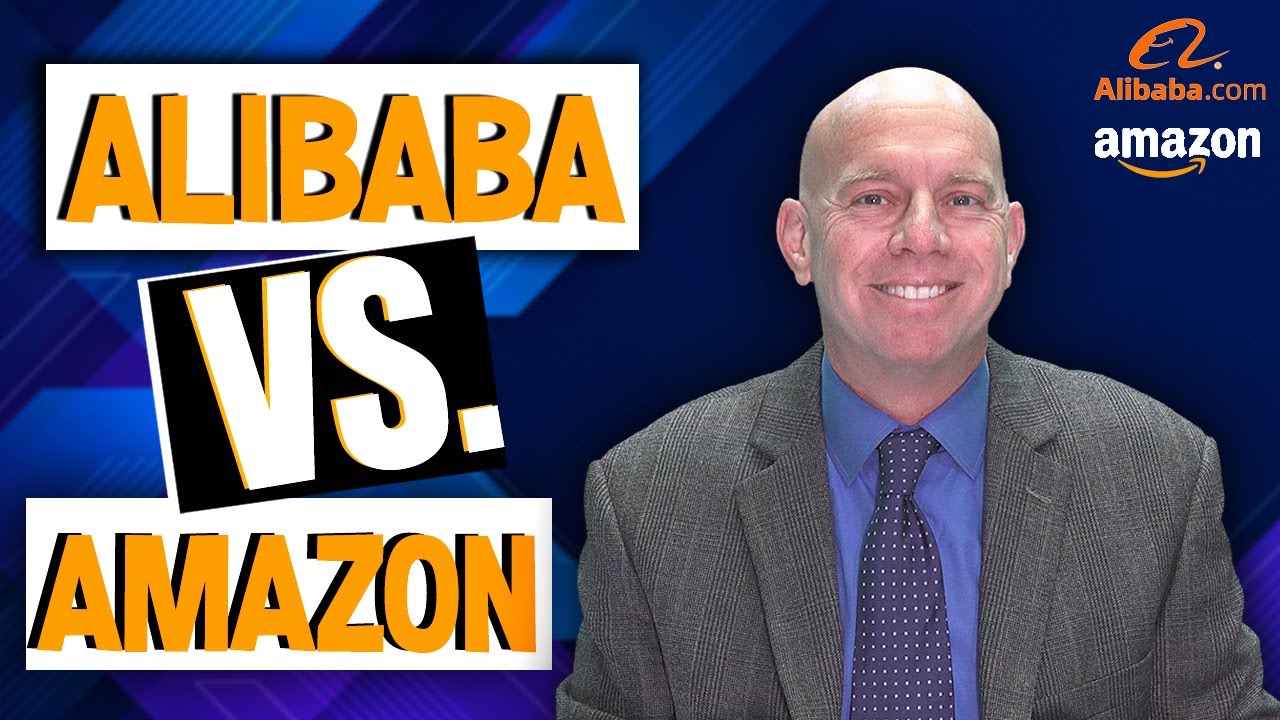
Protecting your Band’s Merchandise Sales from Counterfeiters / Unauthorized Sellers
Copyright Infringement Actions
There are two requirements for your work to be protected by a copyright heading:
1) Fixation, and 2) Originality.
The work must be fixed in a tangible medium of expression that can be perceived, reproduced, or otherwise communicated, either directly or with the aid of a machine or device. The work must also be an independent creation by the author with a modicum of creativity.
Copyright infringement is violating your exclusive right to a work of art, protected by the copyright act, by the use of a protected work without your express permission. Copyright protects original works of authorship. This includes your creation of written song lyrics and protects these lyrics from being used in any fashion, such as on unofficial merchandise without your knowledge or permission.
Owning a copyright gives you the exclusive right to public distribution of your work. The primary benefits granted to a copyright holder are reproduction, adaptation, distribution, public performance, and public display. You have the right to be the sole distributor of your work or the right to authorize others to distribute your copyrighted work.
One of the more recent cases of a musician trying to protect her brand is Taylor Swift trying to prevent the manufacturing and distribution of merchandise that have her lyrics printed on it.
In specific cases, lyrics are able to be trademarked, but it can be very difficult to do so. It is much easier to register for copyright protections for lyrics. For lyrics to be registered for copyright protection, all that it needs to be is an original work of creativity.
Taylor Swift has had to abandon most of her trademark filings for her lyrics because of the generalness of the phrases. [1] In order for your phrases or lyrics to be trademarked, it cannot be a “generic term.” [2] For example, she was able to trademark the lyric “this sick beat.” [3] Yet she was unable to trademark phrases such as “Blank Space” and “Nice To Meet Ya.” [4] These phrases are used so often in everyday conversations that it is not an original idea to her than she can trademark. Although most of Taylor Swift’s lyrics and possibly your lyrics are unlikely to be able to be protected through trademarks, this does not mean that you cannot protect them at all. Your lyrics can still be protected under copyright law.
An example of when a copyright would be protected would be in the instance of Disturbed covering Simon and Garfunkel’s iconic song, “Sound of Silence.”
 In order to cover the song, permission from the original authors was not required. [5] The only thing that needs to be done is giving the original authors the credit for the song and the publishing your cover generates, which Disturbed did. This means that whenever this song was played or referenced in regards to Disturbed’s cover, they had to give proper credit to Simon and Garfunkel.
In order to cover the song, permission from the original authors was not required. [5] The only thing that needs to be done is giving the original authors the credit for the song and the publishing your cover generates, which Disturbed did. This means that whenever this song was played or referenced in regards to Disturbed’s cover, they had to give proper credit to Simon and Garfunkel.
However, if Disturbed were to try to start selling merchandise that had that song title or any of the lyrics printed out under their own name without identifying Simon and Garfunkel, they would be infringing on the exclusive rights of Simon and Garfunkel. If this were the case, Simon and Garfunkel would have the right to sue Disturbed because, without their permission, Disturbed would be clearly infringing on their copyright. As a matter of fact, “Sound of Silence” is copyrighted and Simon and Garfunkel would need to sign off on anything Disturbed would want to with that song and merchandising. Even if it was not copyrighted, Simon and Garfunkel would be able to argue the common law rights of copyright. This song and phrase has become so iconic and recognizable that anyone who hears it automatically thinks of Simon and Garfunkel.
The best way for you to protect your copyright in regards to musical lyrics and merchandising is to register it.
Without registering, all you can enforce is your common law rights. First, registered copyrights allow you to establish a public record of your original work. This can be used to prove that the copyright belongs to you. Second, a copyright also allows you take legal action against someone using your work without your permission. Third, a copyright allows you to attempt to recoup statutory damages in court. The amount of these damages may significantly outweigh the cost of filing for a copyright. These reasons often make it worthwhile to register your copyright and protect your artistic works. Getting your work copyrighted can also protect you from losing profits from the unauthorized sale of merchandise with your original work on it.
By only having authorized merchandise being sold, you will be the one to get the proceeds instead of someone who bootlegged your work for their own benefit.
Protecting Band Merchandise: Copyright Infringement Actions (Part 3 of 5)
[1] Cherie Hu, Why Taylor Swift Trademarks Her Lyrics and Why Other Acts May Follow Suit, billboard (Sep. 22, 2017) https://www.billboard.com/articles/business/7973694/taylor-swift-trademarks-lyrics-why-other-acts-may-follow.
[2] Jacob Davidson, Can Taylor Swift Really Trademark “This Sick Beat”? Yes, and Here’s Why, Time (Jan. 29, 2015) http://time.com/money/3688483/taylor-swift-this-sick-beat-trademark/.
[3] Andrew Trendell, Lawyers respond to Taylor Swift’s attempt to copyright phrases from new album ‘Reputation’, NME (Sep. 7, 2017) http://www.nme.com/news/music/lawyers-respond-taylor-swifts-attempt-copyright-phrases-new-album-reputation-2135122.
[4] Id.
[5] Disturbed Didn’t Have To Get Permission From Anybody To Cover ‘The Sound Of Silence’, Blabbermouth (Oct. 6, 2016) http://www.blabbermouth.net/news/disturbed-didnt-have-to-get-permission-from-anybody-to-cover-the-sound-of-silence/.









